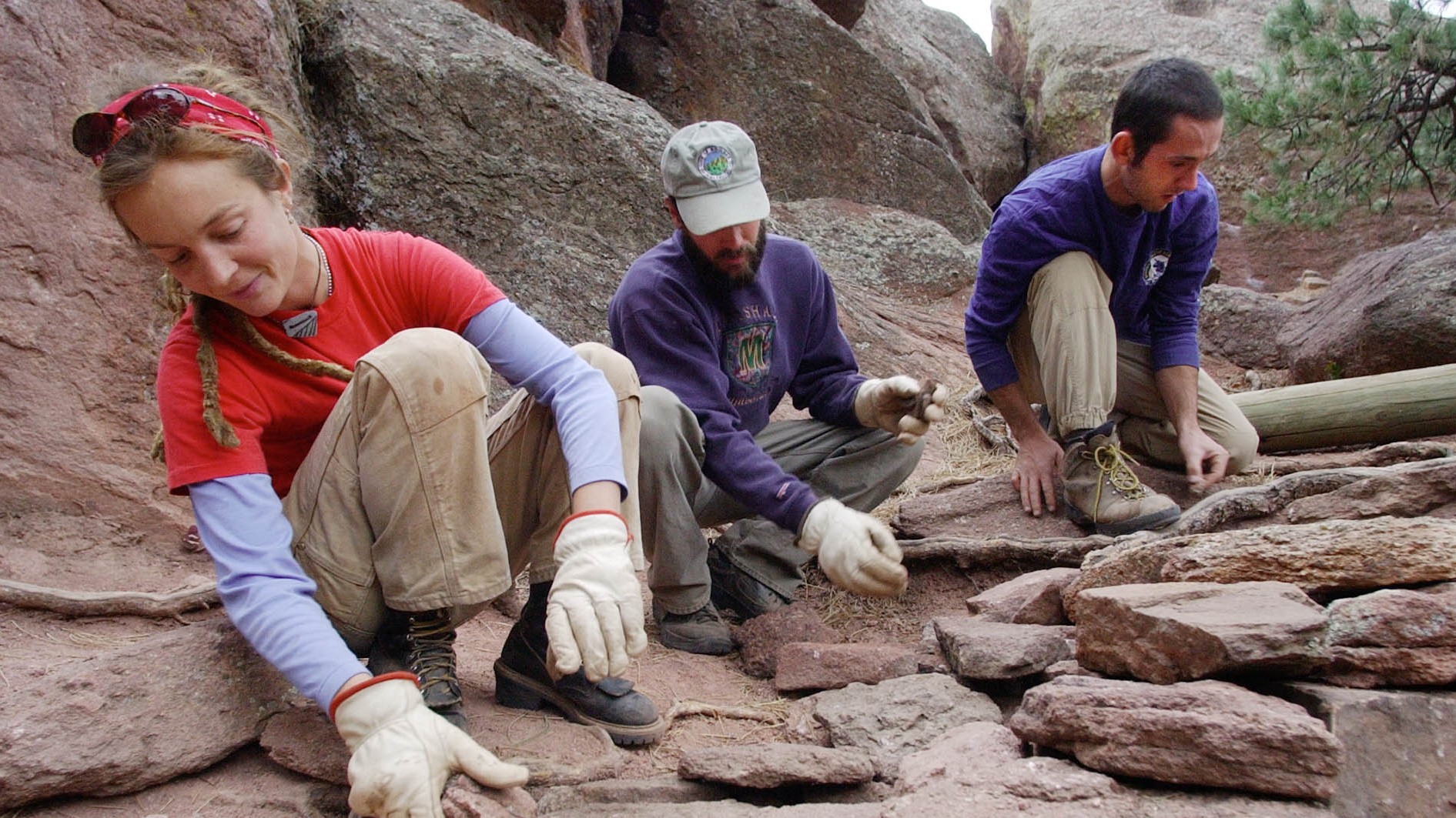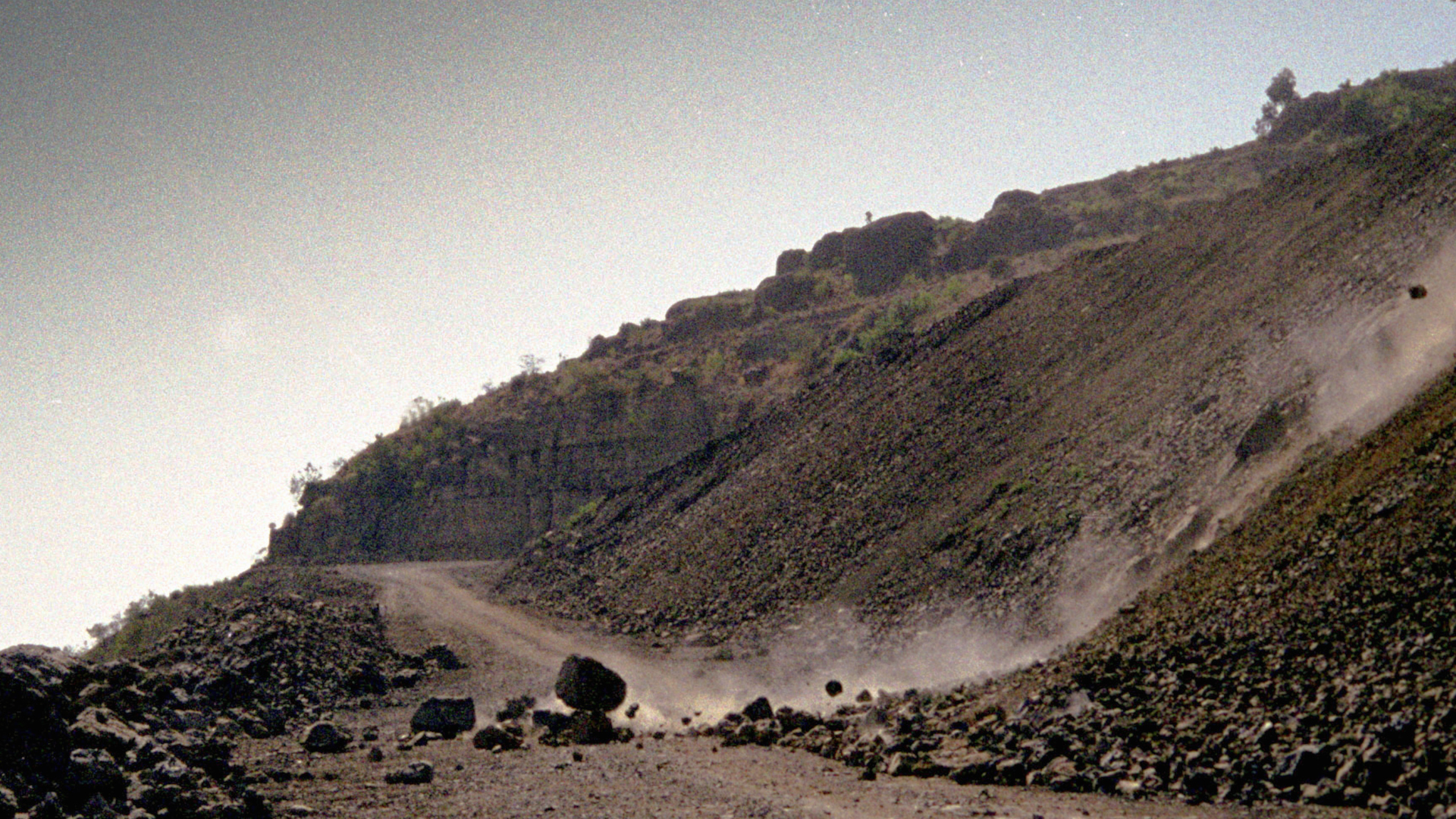The trail I planned to hike is closed – can I use it anyway?
Why you should observe hiking trail closures

For hikers, there’s nothing quite like the thrill of a pre-dawn alarm signaling that it’s time to hike, grabbing the hiking boots that you carefully laid out by the front door the night before and setting off for the trailhead. If you’ve been planning this hike for a while, you’ll have put time into the preparations: researching the route, working out the timing to make the most of the daylight hours and packing your backpack with your water bottle, first aid kit and waterproof jacket. So it can be pretty soul-crushing when you arrive to discover the trail is closed.
Hiking trails aren’t businesses – they’re maintained by an army of largely invisible volunteers, they operate on a merit-based system of mutual honesty and respect among hikers, and they’re largely on public land. So how can a trail be closed?
Hiking trails can close for a variety of reasons – trail maintenance, wildlife patterns and safety concerns among the top reasons – and it’s more common for them to close in the spring. Unfortunately, you’re not likely to know the trail is closed ahead of time, unless you’ve been thorough with your research.
You’ll know the trail is closed because when you arrive, you’ll be met with a sign at the trailhead telling you. But that’s it – there’s no locked door or security guard and if it’s a quiet trail to begin with or the middle of the week, the only witnesses to the trespass you’re considering are the birds and the trees. So can you hike on the trail anyway?
The short answer is no, you shouldn’t ignore trail closures ever. No matter how much time you’ve put into preparing for this hike or how many times you’ve hiked it before. Read on to find out why.

Why can’t I hike on a closed trail?
Observing trail closures, even when there’s no one around to catch you in the act, is tightly interwoven with the principles of Leave No Trace. Treading lightly on the trails doesn’t just mean that you don’t drop trash – it means, among other things, that you agree to stick to durable surfaces, respect wildlife and to be considerate of others. Let’s look at the main reasons that a trail might be closed, how it relates to LNT, and why it’s important to obey that “closed” sign.
Trail maintenance
Trail maintenance is a common reason why trails can be closed, and depending on your location it can be going on at virtually any time of year. Often, a trail will be in the process of being reinforced or rerouted due to excessive erosion, and if the old route is no longer viable, you might end up skirting the edges to get through, which contributes to damage of the local ecosystem. Give crews a chance to finish their work and then follow the new trail.
All the latest inspiration, tips and guides to help you plan your next Advnture!
Maintenance can also include removing obstacles from the trail, such as trees or boulders. Not only could these objects pose a safety hazard, but again if you find yourself going off-trail to avoid them, you only increase the damage on either side of the intended route.
Sticking to durable surfaces involves walking on the path, which may be reinforced in places, so that the minimum amount of strain possible is placed on the surrounding ecosystem.

Wildlife
Another common reason for trail closures, particularly in the spring and fall, is for wildlife migration. It could be elk moving to higher ground for the warmer season or nesting ground birds, but trampling through disrupts these important behavioral patterns which can have a knock-on effect on the local wildlife and vegetation, and wildlife officials don’t want you doing that for the sake of a nice selfie. If you live in an area with these types of animals, you’ll get used to these seasonal closures and can plan around them.
Less common, but still an important reason to observe trail closures, is when there is mountain lion, rattlesnake or bear activity on a particular trail. In these instances, the trail has been closed for your safety, while wildlife officials ensure that there is no threat, and it’s a good idea to heed them even if you happen to be carrying bear spray.

Safety
Leading on from the last point, your own wellbeing is an important reason to pay attention to trail closures, which can be in place to protect you from conditions like flooding, extreme heat, rockfall, hazard trees and wildfire damage. Hiking always carries some risk, but if the danger is great enough to merit closing a trail, it’s always good to assume that something could go wrong.
Not only does this help you lower your chances of injury or worse, that in turn reduces the likelihood that you’ll need other people to put their own lives in danger to help you. This one comes back to being considerate of others, which should always be at the forefront of your mind when weighing up whether or not to perform a risky move on the trail.

Setting an example
Finally, kind of like wearing a helmet when you’re rock climbing, observing trail closures helps to set a good example to others. We humans, after all, can have a bit of a herd mentality, and if other hikers see you sneaking through, they’re more likely to do the same, which could mean you’re responsible for greater impact, or inadvertently lead them into a perilous situation. When lots of hikers ignore trail closures and cause too much damage to the area, it can sadly result in the trail being placed permanently off-limits, which means no one gets to enjoy the area.
Meanwhile, if another hiker sees you reading the sign, getting back into your car and driving off, there’s at least a better chance they’ll do the same.

What can I do instead?
It is disappointing to arrive at a trail to discover it’s closed, but it’s also important to keep some perspective. Trail closures are nearly always temporary, and a closure just means you can look forward to doing it another day.
To avoid disappointment, we recommend doing a little research in advance. If you’re planning on hiking on Forest Service land or in a National Park, you should be able to find out about trail closures online ahead of time, while AllTrails has a new feature called the Public Lands Program which lets land managers update you on trail conditions.
If you do arrive at the trailhead only to discover a trail closure, where there’s one hike there’s nearly always another nearby. Swallow your disappointment and ask a local or use a route-finding app such as AllTrails or Komoot to find a nearby trail and try to enjoy the spontaneity of exploring a new trail and discovering a new view.
Julia Clarke is a staff writer for Advnture.com and the author of the book Restorative Yoga for Beginners. She loves to explore mountains on foot, bike, skis and belay and then recover on the the yoga mat. Julia graduated with a degree in journalism in 2004 and spent eight years working as a radio presenter in Kansas City, Vermont, Boston and New York City before discovering the joys of the Rocky Mountains. She then detoured west to Colorado and enjoyed 11 years teaching yoga in Vail before returning to her hometown of Glasgow, Scotland in 2020 to focus on family and writing.

